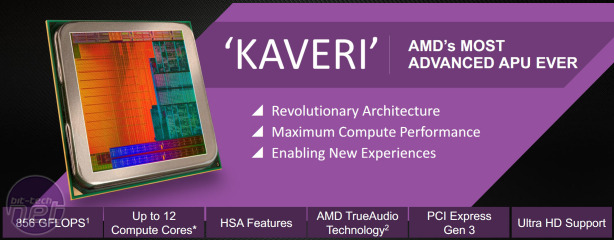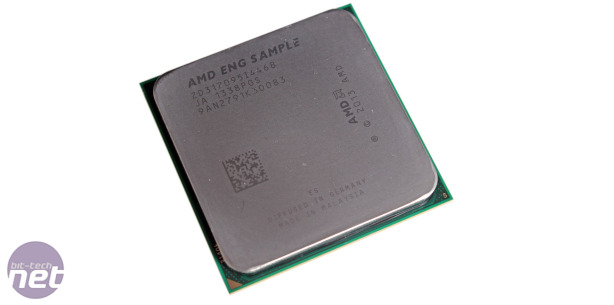
Performance Analysis
CPU Performance
The A8-7600 shows strong improvement over the Richland parts in Cinebench, as despite its lower clock speed and TDP it posts a higher score than the A10-6700. Even so, Intel's Haswell Core i3 chips maintain a slight advantage, although the same cannot be said in WPrime, where the new Steamroller CPU cores are hugely beneficial. Even limited to a 45W TDP, the A8-7600 is able to topple the A10-6800K here, while at 65W it also has a healthy lead over the Core i3-4330. This ability to have the CPU's decode hardware working on twice as many threads at once as before appears to bring impressive performance gains in integer heavy workloads.In our x86 media benchmarks, specifically the image editing test, the A8-7600 still punches above its weight compared to the A10 Richland parts, which are only marginally faster. However, Intel's chips still have a huge lead here, with even the lowly Core i3-2100 posting a score over 25 percent faster. In video encoding, however, Kaveri makes a big leap, with the A8-7600 in its 65W profile just creeping past the 100W A10-6800K (although still not matching Intel's efforts).
In the multi-tasking test, Kaveri seems to suffer heavily, falling behind even the A8-6500T, and frankly we're unsure as to what makes it quite so slow here. Nevertheless, the overall score is decent compared to Richland, especially on a performance per watt basis, even if Intel does maintain the crown when it comes to x86 heavy workloads.
The A8-7600 proves to be very dominant in MuseMage's GPU accelerated image processing benchmark, as it obliterates the similarly priced Intel chip with a score that's about 2.5 times faster, even when limited to 45W. This is indicative of the more powerful GPU inside, and this is something that the LuxMark also demonstrates when running its OpenCL workload solely on the GPU. However, when the workload is run on both the CPU and GPU components, Intel's Core i3-4330 is almost 10 percent faster than the A8-7600, demonstrating that its OpenCL 1.2 support can still be a match for AMD's. That said, the BasemarkCL scores again reveal AMD's dominance when it comes to GPU-accelerated workloads; that 47 percent of die space for the graphics hardware wasn't for nothing.
Gaming Performance
When it comes to gaming Battlefield 4 remained unplayable at 1080p, even at the lowest detail preset. This isn't surprising given how demanding the game is, and to be fair the A8-7600 does make a solid effort and easily outpaces Intel's chip. However, it doesn't bode well for potential adopters of the A10-7700K and Battlefield 4 package, as that APU has the same graphics hardware as this one (albeit with a higher TDP). The A10-7850K's performance remains to be seen, as does the impact of Mantle, but gamers looking to play Battlefield 4 on an APU will almost certainly have to use a lower resolution if they want to enjoy the experience, particularly in heavily populated multiplayer servers.In BioShock Infinite, we were only able to achieve playable framerates using 1080p at the very lowest detail setting, where the game starts to look a little Minecraftey. Again, this is a demanding game, so we can't criticise the APU too much for this, especially when its minimum framerate is over 40 percent faster than Intel's HD Graphics 4600. Finally, in Skyrim, the A8-7600 impressively keeps up with the A10-6800K in the benchmark for which we have comparable numbers. It also approaches playable framerates at high detail settings (without AA), which is also almost double Intel's performance.
Memory Speed
In all three games, faster memory scales as expected, with healthy and steady improvements to the minimum and average framerates as we move from 1,600MHz to 1,866MHz and again to 2,133MHz. When it comes to using an APU for gaming, a fast memory kit should certainly be on your wishlist if it doesn't add ridiculous amounts to your expenditure – the difference will be felt in pretty much any game you play.Idle power consumption is a little higher than we expected compared to Richland, although this is likely down to us having to move to a different motherboard to test Kaveri. Under load, however, the results are relatively low. Even at 45W, they're still not as low as Intel's, but the customisable TDP evidently does make a difference when implemented. Even with the new motherboard, the A8-7600 consumes significantly less power than the A10-6800K while often coming close to or even exceeding its performance.

MSI MPG Velox 100R Chassis Review
October 14 2021 | 15:04










Want to comment? Please log in.